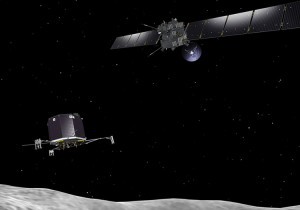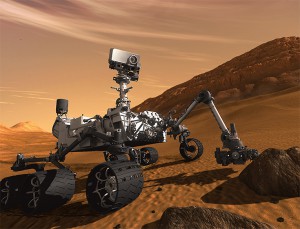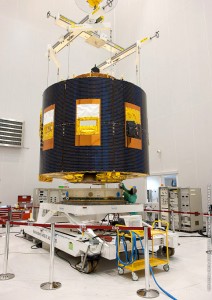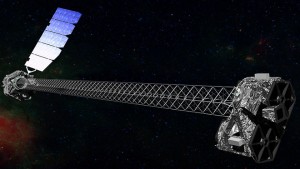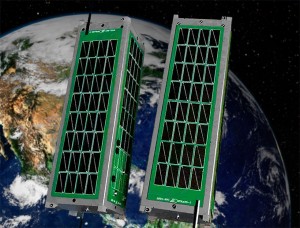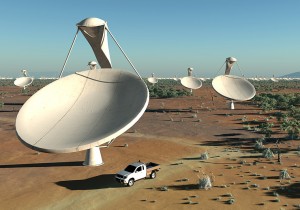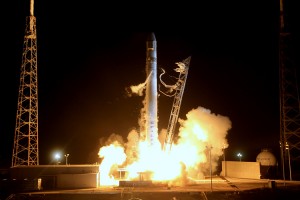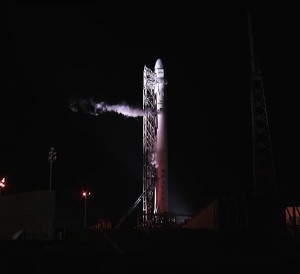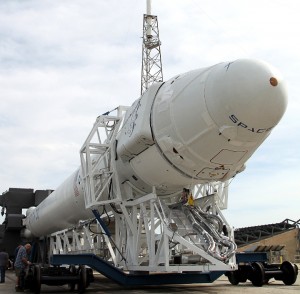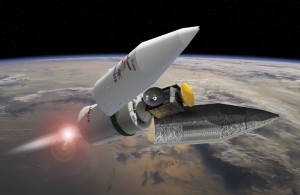
The ExoMars program, a joint endeavor between ESA and the Russian space agency Roscosmos, is planned to launch it’s first phase later today at 08:30 GMT (09:30 CET). The primary goal of the ExoMars program is to address the question of whether life has ever existed on Mars.
The program comprises of two missions, and if everything goes as planned, the first mission will be launched later today. It consists of the Trace Gas Orbiter, and Schiaparelli, an entry, descent and landing demonstrator module. The second mission is planned for launch in 2018 and comprises a rover and surface science platform.
Continue reading “Step one of the ExoMars mission to find life on Mars launch today”

